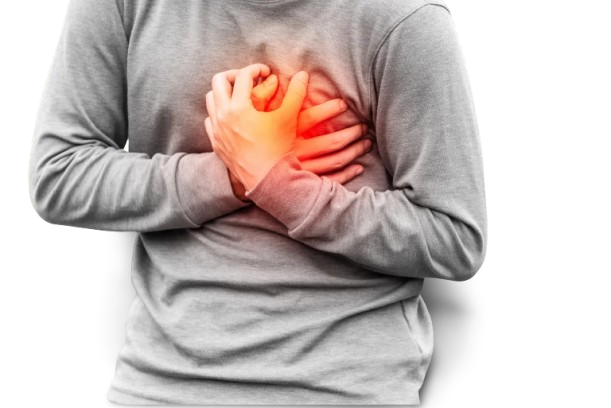Risk factor
• Age> 50 years
• Short history of symptoms
• Documented weight loss
• Nocturnal symptoms
• Male sex
• Family history of colon cancer
• Anaemia
• Rectal bleeding
• Recent antibiotic use
Symptoms
• Cramping
• Abdominal pain
• Bloating
• Gas
• Diarrhea
• Constipation
WHAT NOT TO EAT
According Stanford Primary Care Clinics:
FOODS'TO'AVOID
1. Raw fruit
2. Raw vegetables: (Esp. Broccoli, cabbage, Brussel sprouts, cauliflower, onions, radish, eggplant, celery).
3. Popcorn
4. Fried Foods
5. Nuts and seeds
6. Tomato Sauce, Spicy'foods
7. Mayonnaise, Miracle Whip
8. Most "fast foods" (e.g. Frenchfries, hamburgers, hotdogs, potatochips)
9. Rich foods (e.g. chocolatecake, cookies)
10. Beans (pintobeans, redbeans, chili, burritos)
11. Salads (orany foods that contain lettuce, cucumbers, etc.)
12. Whole wheat product
13. Sugarless products (candy, gum)
14. Fructos' containing products
DRINKS'TO'AVOID:
1. Soda (esp. From a bottle)
2. Milk, Ice Cream
3. Alcohol
4. Caffeinated beverages (i.e., coffee, tea, etc.)
MEDICINE'TO'AVOID:
1. Aspirin
2. Non - steroidal medication (i.e, Advil, ibuprofen, alleve, etc.).
WHAT TO EAT
Foods:
1. Cooked canned vegetables (except cabbage)
2. Meat, poultry and fish (not deep fried, beef Rarely).
3. Dairy-Chesse, Yougurts, etc. (Limited amount)
4. Toast, rice, muffins, bagels
5. Soup
6. Most sandwiches (turkey, chicken, bread)
7. Tofu
Drinks
1. Juice (without pulp).
2. Water
3. Iced tea
Medication
1. Acetaminophen (Tylenol)
References
- http://sim.stanford.edu/resources/smg_patient_info/IRRITABLEBOWEL09-09.pdf
- http://s3.gi.org/patients/gihealth/pdf/ibs.pdf
- http://www.hopkinsmedicine.org/gastroenterology_hepatology/_pdfs/small_large_intestine/irritable_bowel_byndrome_ibs.pdf
- http://www.ccfa.org/assets/pdfs/ibd-and-irritable-bowel.pdf
- http://www.healthline.com/health/irritable-bowel-syndrome/causes-risk-factors#1




































